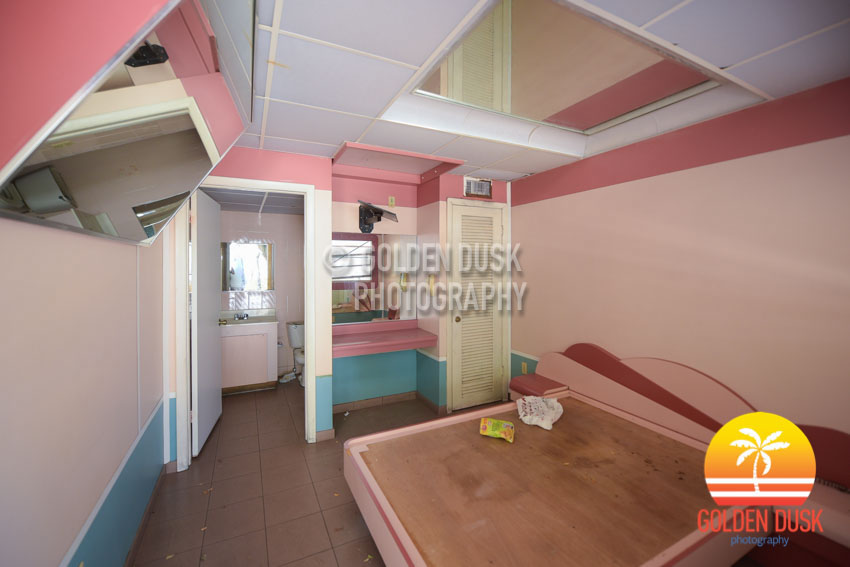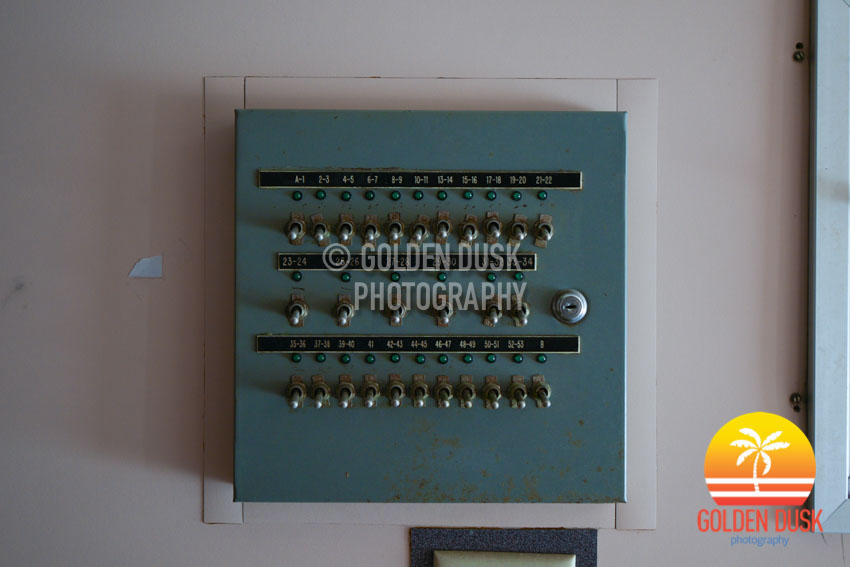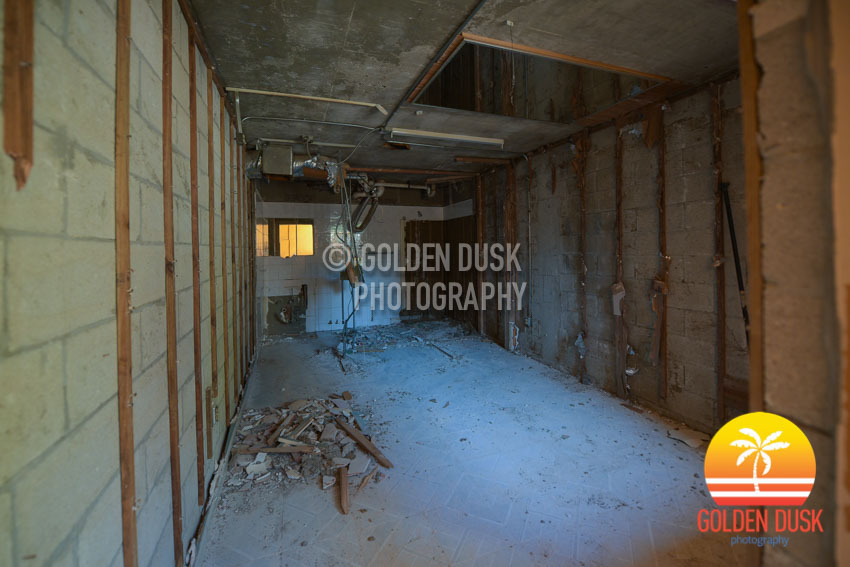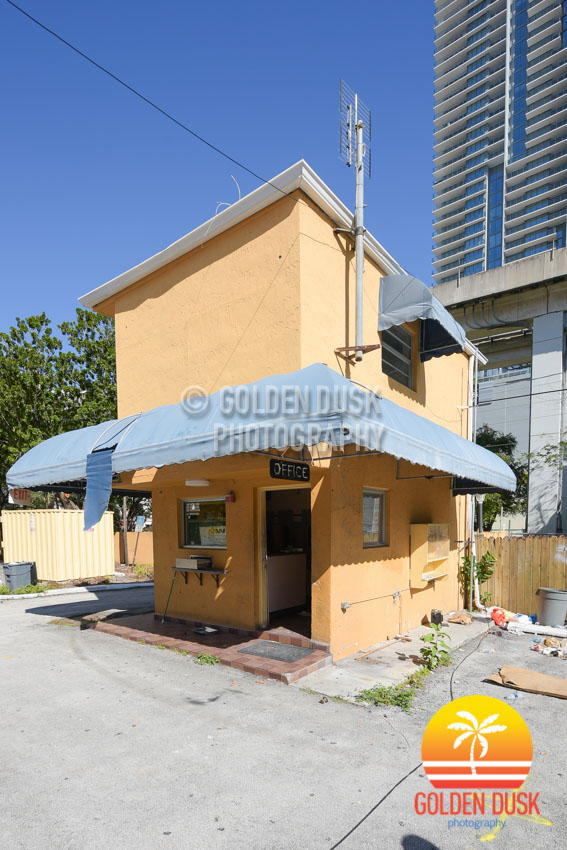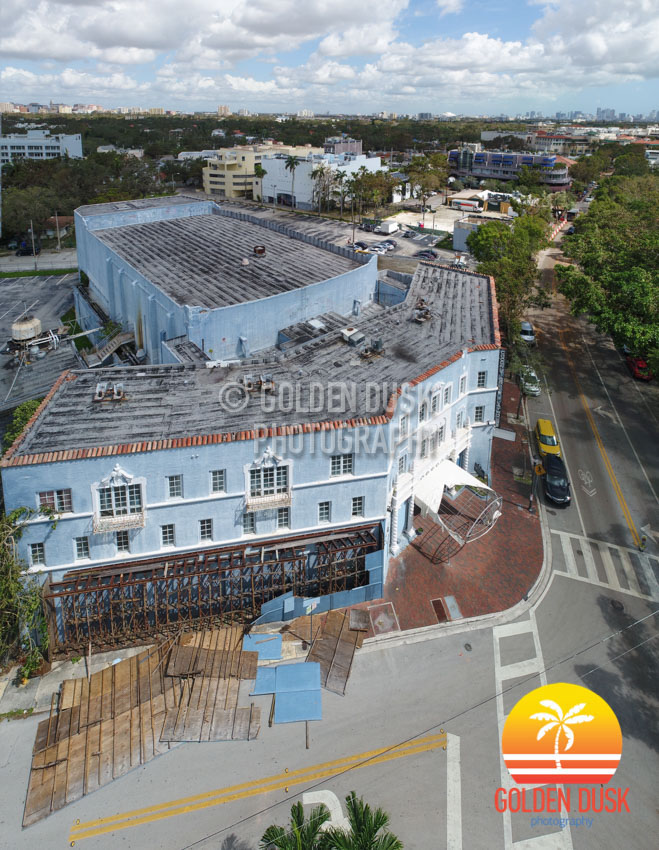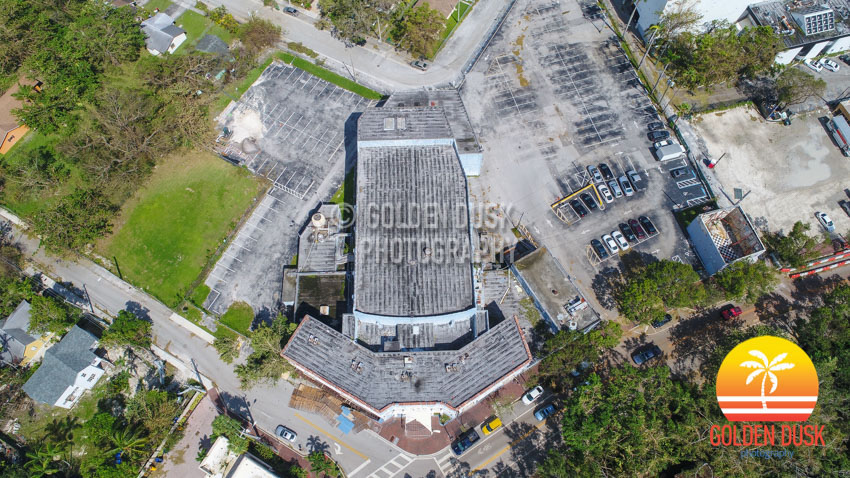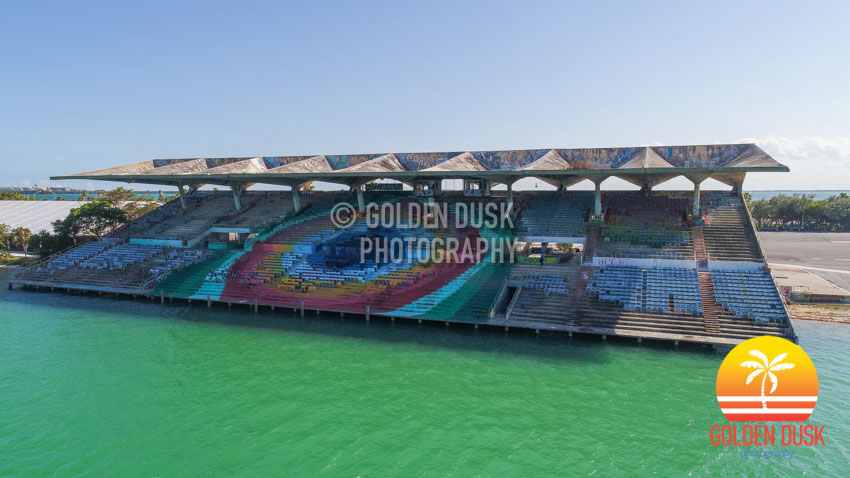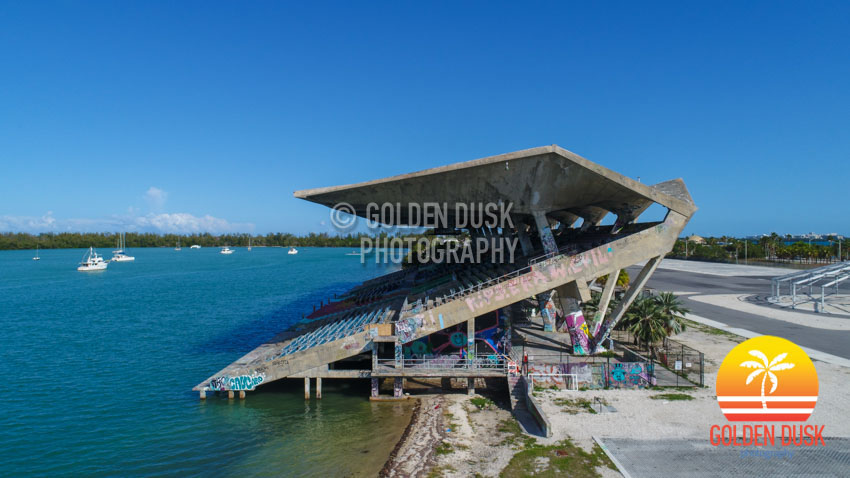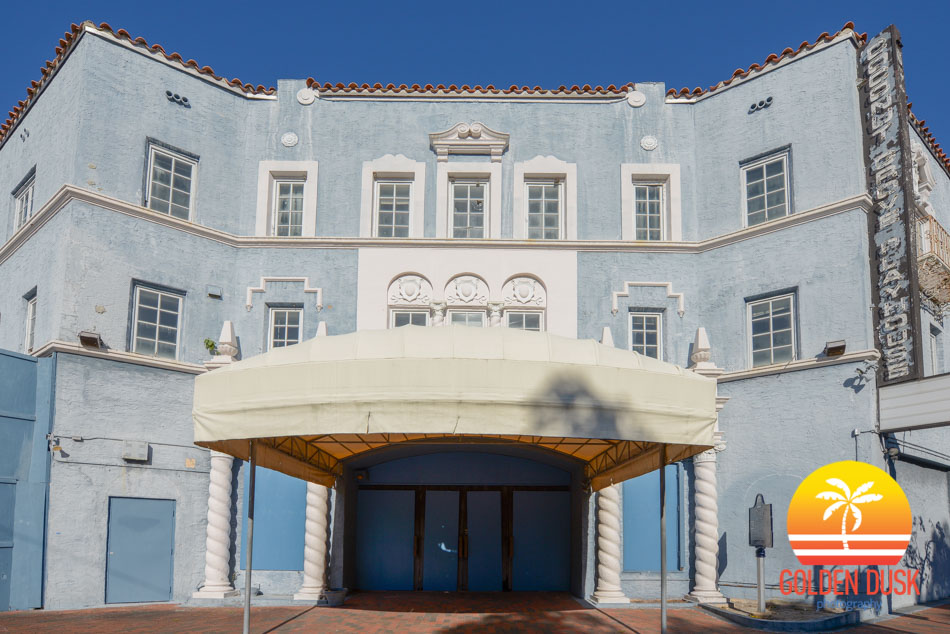A Room at the El Eden Motel
After being purchased for $18.4 million in January 2017, demolition has now started on the two story El Eden Motel in Brickell.
The El Eden Motel was originally built in 1976 and then expanded in 1990 with the purchase of the North end of the lot for $390,000.
With 53 rooms, all of the rooms had large mirrors over and in front of the beds. Some rooms even had all the walls and ceilings covered in mirrors.
Once the motel is completely demolished, a 24 story hotel with 263 rooms will rise, with construction expected to start first quarter 2018. The project will be developed by Tony Cho of Metro 1 and Robert Finvarb of Finvarb Companies.
The Starlite Motel next door, which sold for $25 million in December 2014 remains open.









